MAC 391 Past Questions and Answers 2022
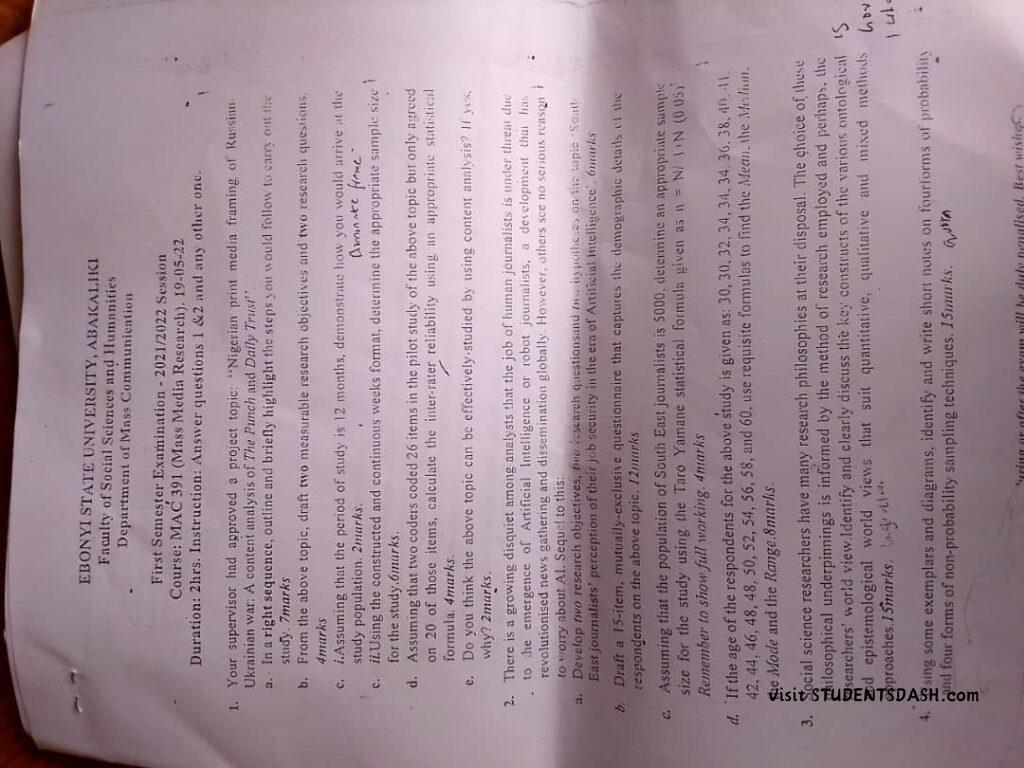
Question 1
(a) Outline and Briefly Highlight the Steps to Carry Out the Study
For the project titled “Nigerian Print Media Framing of the Russian-Ukraine War,” the following steps can be adopted:
- Problem Identification and Justification:
- Clearly state the research problem by highlighting the importance of understanding how Nigerian newspapers portray the Russia-Ukraine conflict.
- Justify the study by discussing the potential impact of media framing on public perception and policy.
- Literature Review:
- Conduct a review of existing studies on media framing, conflict reporting, and international news coverage.
- Identify gaps in the literature that the current study will address.
- Theoretical/Conceptual Framework Selection:
- Choose relevant theories such as Framing Theory or Agenda-Setting Theory to guide the analysis.
- Define key concepts and variables related to framing in print media.
- Research Design and Methodology:
- Decide on a content analysis approach to systematically examine newspaper articles.
- Determine whether to use a quantitative method (frequency counts, coding) or a mixed-method approach if qualitative insights are also desired.
- Sampling Strategy:
- Define the population (e.g., Nigerian newspapers such as The Guardian, Punch, Vanguard) and the period of study (for instance, a selected 12-month period).
- Choose an appropriate sampling technique (systematic or purposive sampling) to select the articles for analysis.
- Instrument Development:
- Develop a coding sheet for content analysis that lists possible frames (e.g., conflict, economic, human-interest frames) and criteria for measurement.
- If applicable, prepare questionnaires or interview guides for gathering additional qualitative data.
- Data Collection:
- Collect relevant newspaper issues from archives or online sources covering the period under study.
- Train research assistants (if any) to ensure consistency in coding.
- Data Analysis:
- Use statistical tools to analyze the frequency and prominence of identified frames.
- Apply qualitative analysis if the study involves thematic coding.
- Interpretation and Discussion:
- Interpret the results in relation to the research objectives and the theoretical framework.
- Discuss the implications of the findings on media practices and public opinion.
- Conclusion and Recommendations:
- Summarize the main findings of the study.
- Provide recommendations for media practitioners and suggestions for future research.
(b) Draft Two Measurable Research Objectives and Two Research Questions
Research Objectives:
- Objective 1: To quantitatively determine the frequency of specific frames (e.g., conflict, economic, human-interest) used in Nigerian print media when reporting the Russian-Ukraine war.
- Objective 2: To assess the prominence of the Russian-Ukraine war coverage in Nigerian newspapers in terms of placement (e.g., front page vs. inner pages) and headline size.
Research Questions:
- Research Question 1: What are the dominant frames employed by Nigerian newspapers in their coverage of the Russian-Ukraine war?
- Research Question 2: How does the prominence of the Russian-Ukraine war coverage (measured by article placement and headline characteristics) vary among selected Nigerian newspapers?
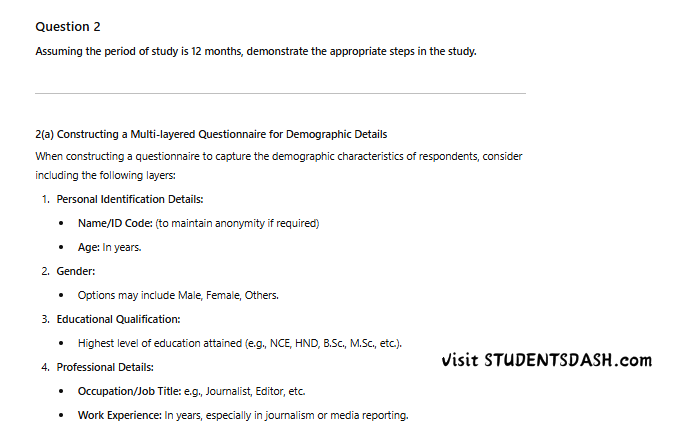
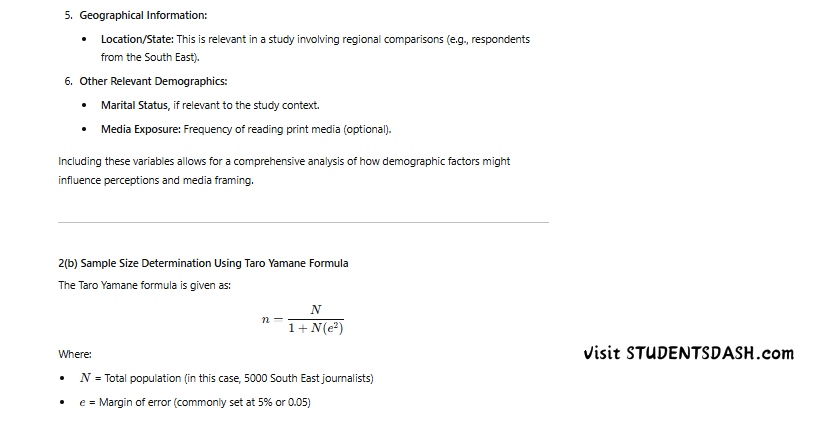
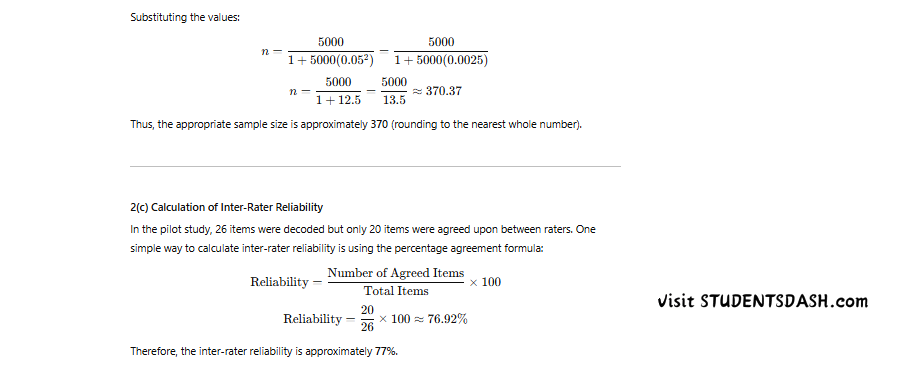
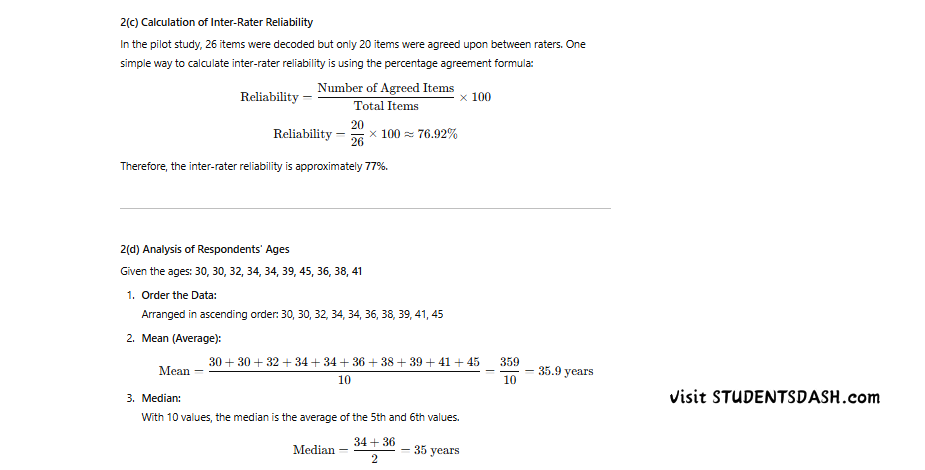
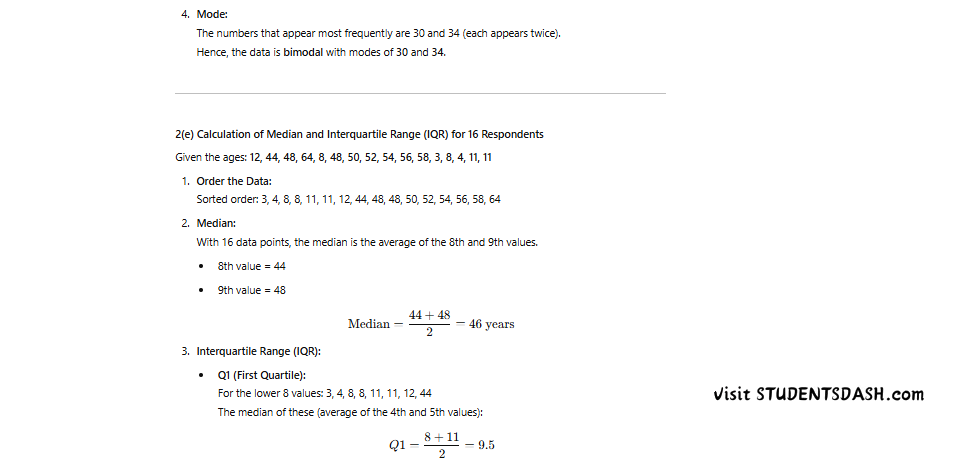
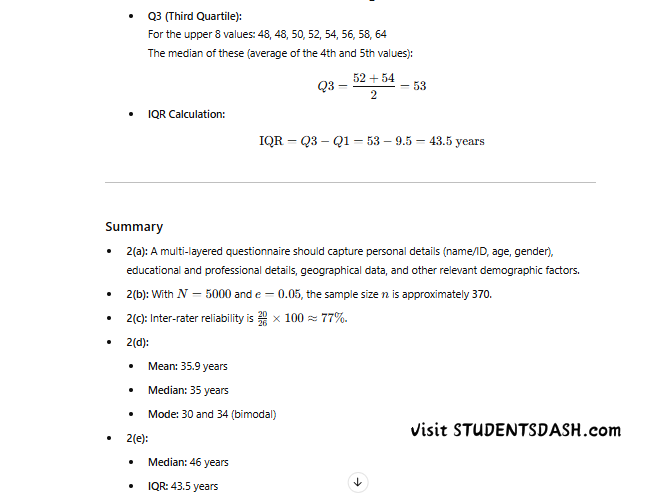
Question 3
Social science research is underpinned by various research philosophies, and the choice of philosophy often aligns with the researcher’s method and world view. Three important world views—constructivist, rationalist, and mixed-method—correspond respectively to qualitative, quantitative, and mixed-method approaches. Below is a discussion of each:
Constructivist World View
- Nature of Reality:
Constructivism posits that reality is subjective and socially constructed. In this view, multiple, context-dependent realities exist, and meaning is developed through social interaction. - Research Focus:
It is most appropriate for qualitative research where the aim is to explore and understand the nuanced perceptions, experiences, and meanings individuals attach to their social world. - Methodological Implications:
Researchers adopt methods such as in-depth interviews, focus group discussions, and participant observation to gather rich, descriptive data. They actively engage with participants to co-create knowledge, acknowledging that their interpretations are influenced by their own perspectives. - Relevance in Mass Communication:
When investigating media representations, audience reception, or journalistic practices, constructivism allows for an in-depth understanding of how different stakeholders construct meanings from media messages.
Rationalist World View
- Nature of Reality:
The rationalist perspective (often linked with positivism) assumes that reality is objective, stable, and measurable. It emphasizes the use of logic, deduction, and empirical evidence to arrive at truths about the world. - Research Focus:
This worldview underpins quantitative research methods, focusing on testing hypotheses, measuring variables, and establishing cause-effect relationships. - Methodological Implications:
Researchers use surveys, experiments, and content analysis with standardized instruments to collect numerical data. Statistical techniques are then applied to generalize findings to broader populations. - Relevance in Mass Communication:
In studies such as audience measurement, media effects, and framing analysis, the rationalist approach provides clear, replicable data that can be statistically analyzed to yield objective insights into media behavior and its impact on society.
Mixed-Method World View
- Nature of Reality:
The mixed-method approach is grounded in pragmatism—a belief that both subjective experiences and objective measurements are essential to comprehensively understand complex phenomena. - Research Focus:
It bridges the gap between constructivist and rationalist perspectives by integrating qualitative and quantitative methods. Researchers seek to capitalize on the strengths of both approaches to address research questions that are multifaceted. - Methodological Implications:
Mixed-method research typically involves the collection of both numerical data (via surveys or experiments) and narrative data (through interviews or focus groups). Data triangulation enhances the validity of the research by allowing cross-verification of findings. - Relevance in Mass Communication:
In media studies, mixed-methods enable researchers to analyze content quantitatively (e.g., frequency of specific frames in news articles) while also exploring the underlying meanings through qualitative analysis (e.g., in-depth interviews with journalists). This comprehensive approach offers a more robust understanding of media phenomena.
Conclusion
In summary, the constructivist world view is ideal for qualitative research that delves into the subjective meanings behind media practices, while the rationalist world view supports quantitative research aiming at objectivity and generalization. The mixed-method world view provides a pragmatic framework that combines the strengths of both to offer a holistic perspective. The choice of these philosophies in social science research is crucial as it shapes the research design, methods, and interpretation of findings, ultimately influencing the depth and breadth of insights in mass communication studies.
Below is a refined model answer for Question 4 with corrected English, formatted in a clear, exam-appropriate style.
Question 4
A. Probability Sampling Techniques
Probability sampling involves random selection, ensuring that each member of the population has a known and non-zero chance of being selected. This approach enhances the representativeness and generalizability of the findings.
- Simple Random Sampling
- Definition: Every individual in the population has an equal chance of being selected.
- Example: If you have a list of 1,000 journalists, you could use a random number generator to select 100 names.
- Diagram:
Imagine a container with 1,000 numbered balls. A random drawing of 100 balls represents the selection process.
- Systematic Sampling
- Definition: You select every kth element from an ordered list after a random starting point.
- Example: From a list of 500 newspaper articles, if you need 50, you might select every 10th article after randomly choosing a number between 1 and 10 as your starting point.
- Diagram:
Visualize a numbered list; after picking a random starting point (say, number 4), you then select every 10th item (4, 14, 24, etc.).
- Stratified Sampling
- Definition: The population is divided into homogeneous subgroups (strata) based on a specific characteristic (e.g., region, type of media), and random samples are drawn from each stratum.
- Example: Divide journalists into strata based on regions (North, South, East, West) and randomly select a proportionate number of respondents from each region.
- Diagram:
Picture a pie chart divided into slices representing each stratum, with random selections made from each slice proportionate to its size.
- Cluster Sampling
- Definition: The population is divided into clusters (often based on geographical areas or organizational units), and a random sample of clusters is selected. Then, all or a random sample of individuals within these clusters are studied.
- Example: If newspapers are spread across several cities, randomly select a few cities (clusters) and then sample all or a subset of articles or journalists within those cities.
- Diagram:
Imagine a map with several clusters (circles). Randomly choose a few circles, and then within each selected circle, list all the units (e.g., journalists or articles).
B. Non-Probability Sampling Techniques
Non-probability sampling does not ensure that every member of the population has a known chance of being selected, which may limit generalizability but is often more practical for exploratory research.
- Convenience Sampling
- Definition: Participants are selected based on their availability and willingness to participate.
- Example: Surveying journalists who are present at a media conference because they are easily accessible.
- Diagram:
Picture a group of people gathered in one location; the researcher selects participants from those readily available.
- Purposive (Judgmental) Sampling
- Definition: The researcher deliberately selects participants based on specific characteristics or expertise relevant to the study.
- Example: Choosing experienced editors or media analysts for in-depth interviews on media framing due to their expertise.
- Diagram:
Imagine a Venn diagram where one circle represents “Expertise”; the researcher selects individuals who clearly fall within this circle.
- Quota Sampling
- Definition: The researcher ensures that the sample reflects certain characteristics in the same proportions as in the population by setting quotas for different subgroups.
- Example: If 60% of media professionals in the population are male and 40% are female, the sample is drawn to reflect these percentages.
- Diagram:
Visualize a bar chart with two bars (Male and Female) where the height of each bar in the sample matches the corresponding proportion in the population.
- Snowball Sampling
- Definition: Existing study participants recruit future participants from among their acquaintances. This technique is useful for accessing hard-to-reach populations.
- Example: Interviewing a few investigative journalists who then refer other experts in the field to the researcher.
- Diagram:
Imagine a branching tree diagram where an initial participant leads to several referrals, which further branch out to additional participants.
Summary Diagram
A simple table can help visualize the categorization of these techniques:
| Probability Sampling | Non-Probability Sampling |
|---|---|
| Simple Random Sampling | Convenience Sampling |
| Systematic Sampling | Purposive Sampling |
| Stratified Sampling | Quota Sampling |
| Cluster Sampling | Snowball Sampling |




